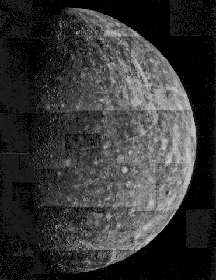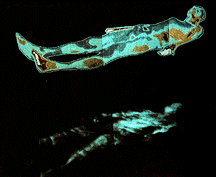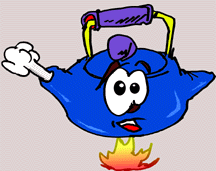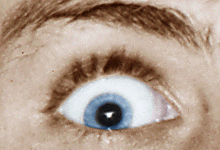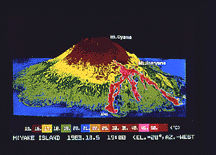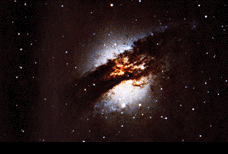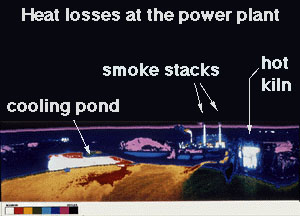Exploratour - Evolution of the Solar System
Click on image for full size
NASA
For many planets, such as Mercury which is shown here, pictures show that there are lots of craters. The craters were formed early in the history of the planet. Because there are so many craters, scientists can tell that not much has changed on the surface of Mercury since the beginning of the planets' history.
Craters on the surface are clues to the activity of a planet, sort of like a footprint left in the snow overnight. If you left a footprint in the snow one night and then went to bed, in the morning when you went to look at the footprint, a couple of things might happened. If snow continued to fall through the night, then by morning the footprint is gone. If snow doesn't fall after the footprint is made, then in the morning the footprint remains in the snow.
So it is with craters. If wind, rain, volcanoes, and other activity on the surface of the planet are at work after the creation of the craters, then they erase the craters. Thus scientists can often trace a planets age by counting the craters on the surface.
This is page 20 of 60


